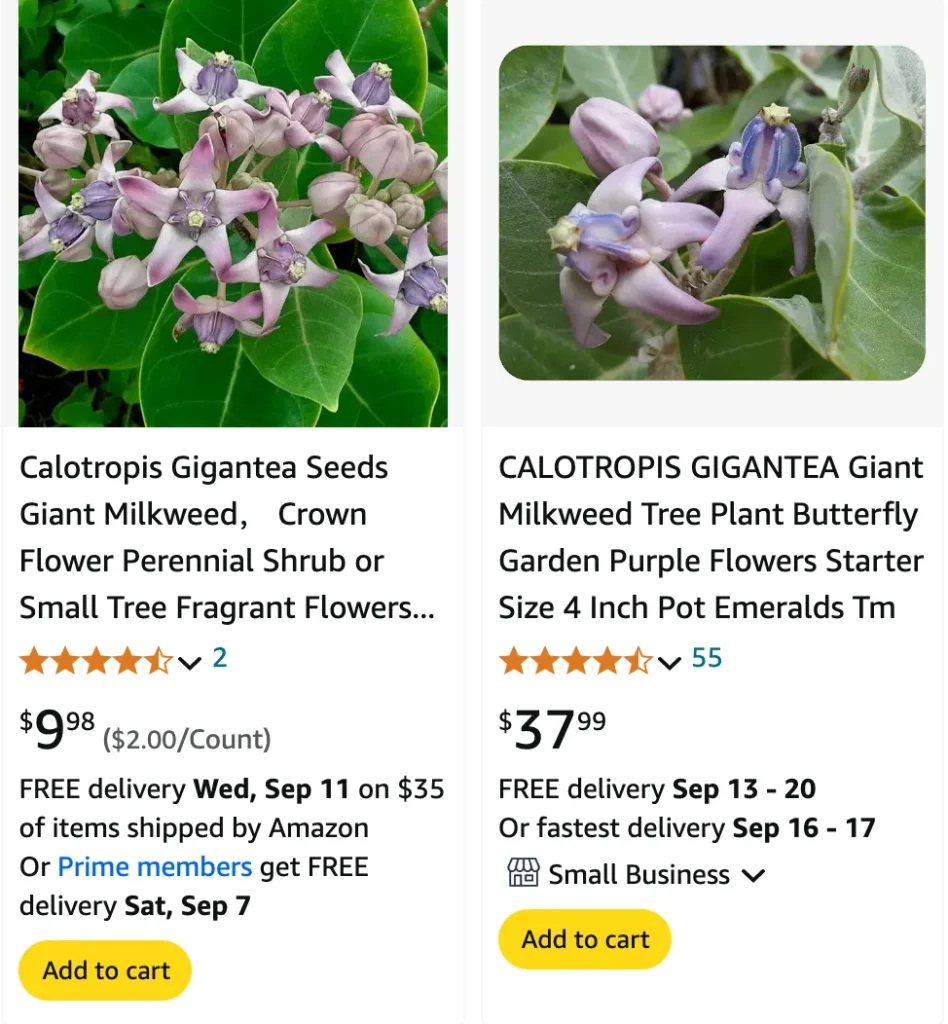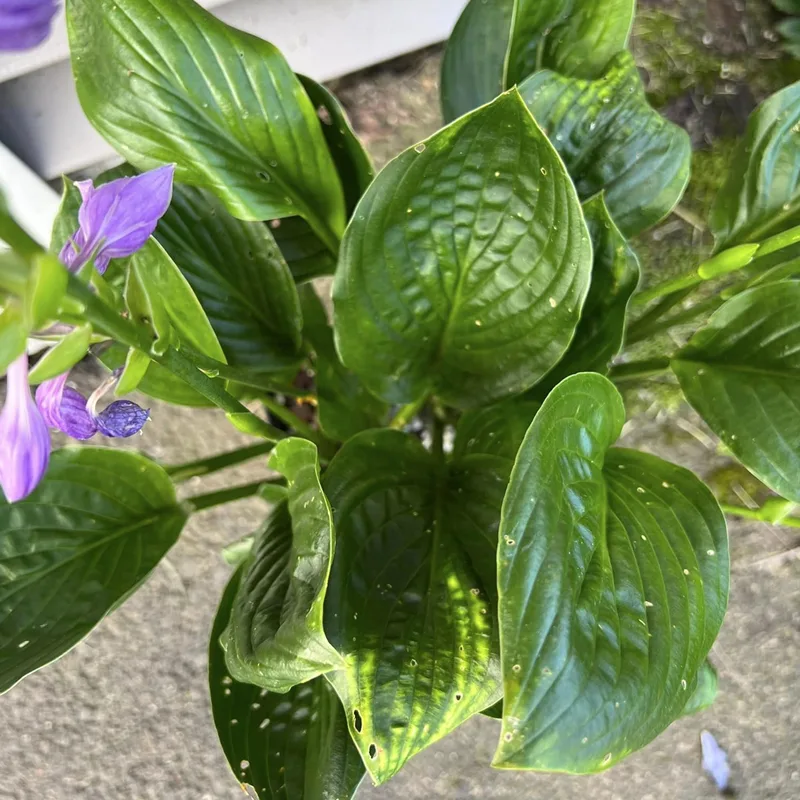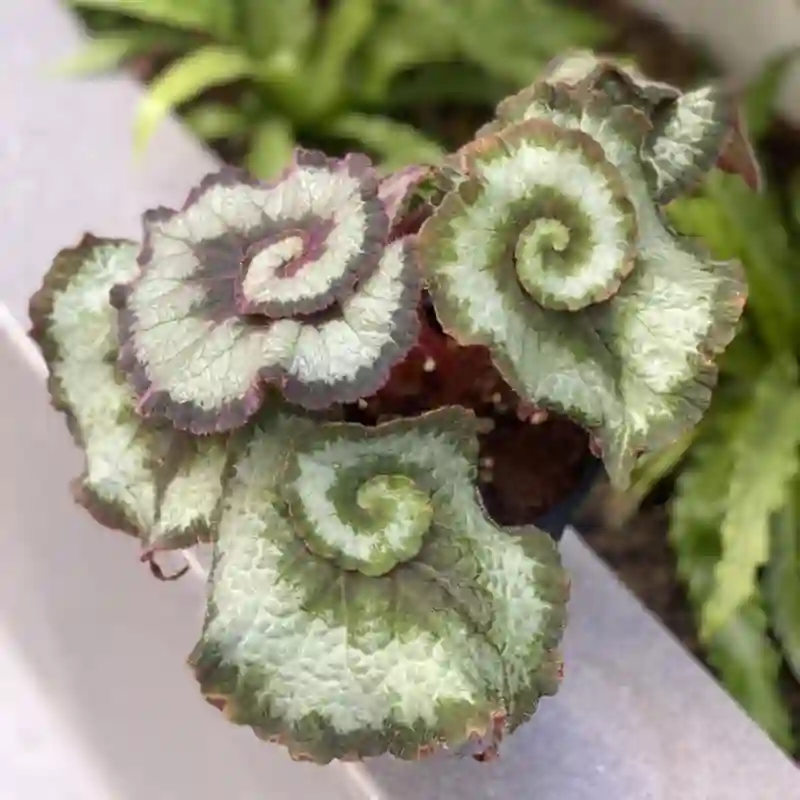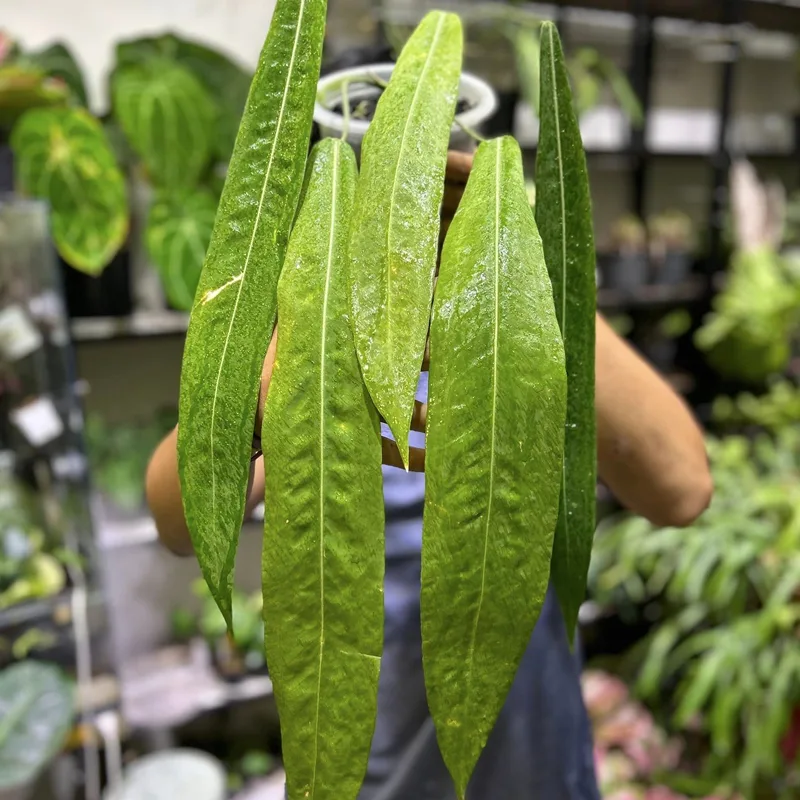
Frequently Asked Questions About Calotropis Gigantea
Calotropis Gigantea, also known as the Giant Milkweed or Crown Flower, is a fascinating plant with a range of characteristics that make it both intriguing and somewhat challenging to care for. Having grown Calotropis Gigantea in my garden for a while, I’ve come across several questions about its cultivation and care. Here’s a detailed look at some of the most common inquiries.
3 Species in Genus Calotropis
How to Grow Calotropis Gigantea?
Growing Calotropis Gigantea is a rewarding experience if you’re up for a bit of a challenge. This plant thrives in warm climates and needs a sunny spot to flourish. Start by selecting a well-draining soil mix, as Calotropis Gigantea does not like to sit in soggy soil. A mix of sand, loam, and compost works well.
Plant Calotropis Gigantea in a location where it will receive full sun for at least six hours a day. It’s highly tolerant of drought, so you don’t need to water it frequently. However, during the hot summer months, a bit of water to keep the soil from completely drying out is beneficial. It can grow quite tall, reaching heights of up to 10 feet, so ensure it has enough space to expand.
How to Propagate Calotropis Gigantea?
Propagation of Calotropis Gigantea can be done through seeds or cuttings. For seeds, start by collecting mature seeds from the plant. These seeds need to be sown in a seed tray or small pots filled with a well-draining potting mix. Lightly cover the seeds with soil and keep them in a warm location. They should germinate within a few weeks. Once the seedlings have developed a few sets of leaves, you can transplant them to their permanent location.
Alternatively, you can propagate Calotropis Gigantea from cuttings. Take semi-hardwood cuttings in the late summer or early fall. Remove any leaves from the bottom half of the cutting and dip the cut end in rooting hormone. Plant the cutting in a pot filled with a well-draining potting mix. Keep the soil moist and the pot in a warm, bright location. The cuttings should root in a few weeks.
How to Prune Calotropis Gigantea?
Pruning Calotropis Gigantea helps maintain its shape and encourages healthy growth. The best time to prune is in early spring before the growing season begins. Start by removing any dead or damaged stems to improve the plant’s overall appearance and health.
For shaping purposes, prune the plant to control its size and promote bushier growth. Cutting back the top portion of the plant will stimulate new growth from the base. If the plant has become leggy or sparse, a more aggressive pruning may be needed to encourage a fuller appearance.
How to Care for Calotropis Gigantea?
Caring for Calotropis Gigantea involves a few key practices. Aside from providing full sun, ensure the plant is in a well-draining soil mix. Fertilize it once or twice a year with a balanced, all-purpose fertilizer to support its growth. While Calotropis Gigantea is drought-tolerant, regular watering during extended dry periods can help it stay healthy.
Pests are generally not a significant issue, but occasionally, you may encounter aphids or spider mites. Regular inspection and, if necessary, applying an insecticidal soap can help manage these pests.
What to Plant With Calotropis Gigantea?
Calotropis Gigantea pairs well with other drought-tolerant plants. Consider planting it alongside succulents or other milkweed varieties. Plants like lantana, verbena, or rosemary can complement its appearance and also thrive in similar growing conditions.
Can You Grow Calotropis Gigantea Indoors?
While Calotropis Gigantea is primarily an outdoor plant, it can be grown indoors if you have a very bright, sunny spot. A south-facing window with ample light or under grow lights can suffice. Keep in mind, though, that this plant grows quite large and may become unwieldy for indoor spaces.
Is Calotropis Gigantea Toxic?
Yes, Calotropis Gigantea is toxic if ingested. All parts of the plant contain toxic compounds known as cardenolides, which can cause serious health issues if consumed by humans or pets. It’s important to keep the plant out of reach of children and animals.
Benefits of Calotropis Gigantea
Calotropis Gigantea has several benefits. Its large, fragrant flowers are attractive to pollinators like butterflies and bees. The plant can also serve as an effective barrier plant due to its dense foliage and large size.
Common Problems with Calotropis Gigantea
One common problem is the plant’s susceptibility to fungal diseases, particularly in humid conditions. Ensuring good air circulation and avoiding overhead watering can help prevent these issues. Another issue may be its tendency to attract pests, such as aphids or spider mites, which can be managed with appropriate treatment.
Compare with Other Similar Plants
Calotropis Gigantea is often confused with other milkweeds like Calotropis Procera. While both are similar in appearance, Calotropis Gigantea generally has larger leaves and more fragrant flowers. Calotropis Procera is typically more shrubby and can grow in slightly drier conditions.
In conclusion, Calotropis Gigantea is a unique and beautiful plant that, with proper care and attention, can be a striking addition to your garden. Whether you’re propagating, pruning, or just caring for it, understanding its needs and characteristics will help ensure its success.
If i die, water my plants!



